Everything important to know about plotters
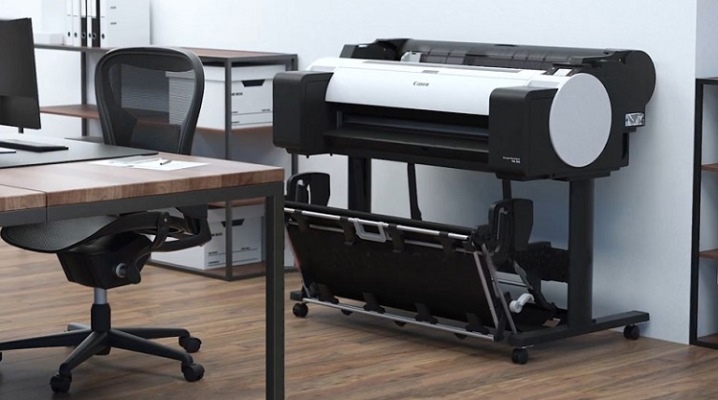
In this article, you can find out everything there is to know about plotters. It is necessary to understand what it is, what is the difference between automatic large-format plotters and other devices. And you should also understand the differences from the printer, the features of their repair, the rules for choosing.

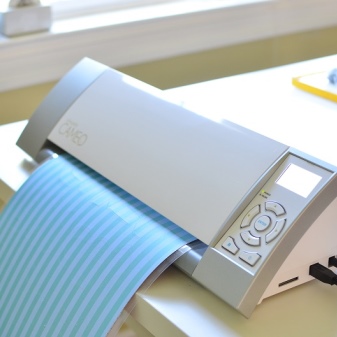
What is it and why are they needed?
A plotter, also known as a plotter, is an apparatus for printing output and drawing drawings. It should be noted that some models perform different operations. The differences between the specific versions are in the type of media used, the type of printing blocks, and so on. The plotter is designed for approximately the same tasks as a printer, but it has been significantly improved. Plotters can:
- create large format printed images;
- receive three-dimensional postcards;
- prepare signs for advertising and much more.
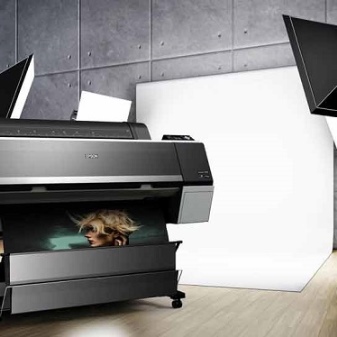
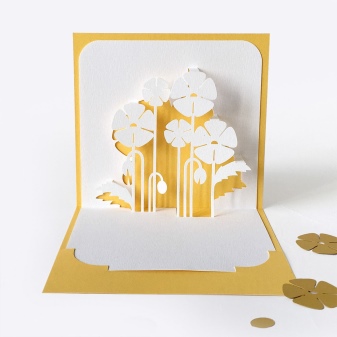
In defining a plotter, it is worth emphasizing another important point: it can print far from only paper. This device is suitable for displaying images and texts on:
- cardboard;
- film;
- various fabrics;
- synthetic materials;
- ceramics (such as cups).
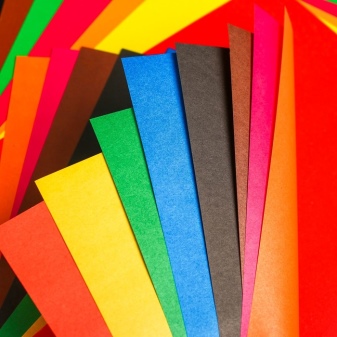

The information input system, whose purpose is positioning and precise movement of the head over the material being processed, works approximately on the same principle as the GPS systems. This is exactly how flatbed plotters work. Advanced modern models are able not only to print something, but also to cut out complex shapes. Plotters appeared in the late 1950s. The first models moved paper media along an axis using wheels; a writing pen was used for drawing; later, ball pens began to be used.
The first high-resolution plotters entered the market in the 1970s. The earliest such models appeared in the assortment of Tektronix and HP. These devices were roughly the size of a desk.
Modern plotters are capable of producing vivid, colorful prints and achieving high resolution. Many versions use high-capacity RAM and even contain a hard drive.
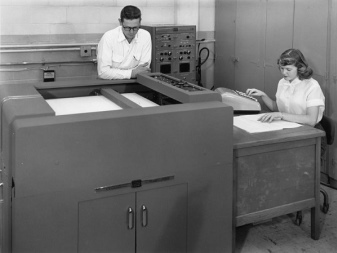

Outwardly, the plotter looks like a very wide and bulky printer. These sizes are absolutely necessary, because otherwise you cannot work with large-format media. Direct connection to computer ports, Ethernet technology and SCSI connection are used to control the device. There are many technical types of plotters, each of which has its own advantages and disadvantages - but this needs to be discussed separately.
More important is the difference in functionality. So, models for scrapbooking are usually equipped with several knives at once. Such devices operate on the basis of a special program. Quite a sufficient solution - A4 format. A sheet of paper is glued onto a special backing.
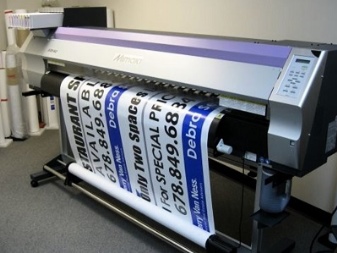
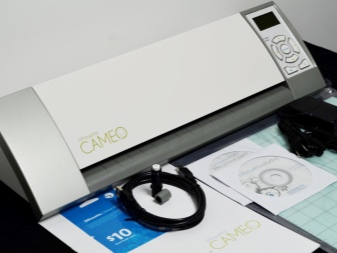
Quite a noticeable part of plotters is dedicated to stickers. The stickers obtained in this way are suitable, for example, for cars. This technique is used primarily for commercial purposes. An increasing role in the market is now being played by fabric products. Felt plotters stand out in a separate category.
Felt printing devices are used to make:
- toys in the crib;
- toy cars;
- decorative items for New Year's celebrations and other holidays;
- felt food and many other things.
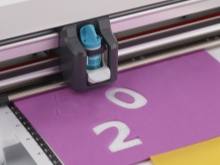
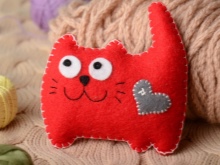
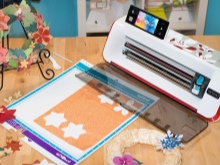
How are they different from printers?
Traditionally, it is believed that a printer is a device for transferring digital information to solid media, primarily office paper, although this is not necessary. Some printers can also print labels, prepare banners, and apply inscriptions on film and cardboard. Most of these devices work with A4 format. However, there are also wide-format versions designed for A3-A0 format.
According to the basic definition, plotters differ in that they do not print, but rather draw. It is almost impossible to display texts with such a device, but technical images, diagrams and drawings are obtained very well. But it should be borne in mind that such a definition applied only to the previous generation of technology. Precision and meticulous detailing is fully achieved with the help of computer programs and advanced printing technologies.
In fact, the borders between plotters and large format printers were erased.
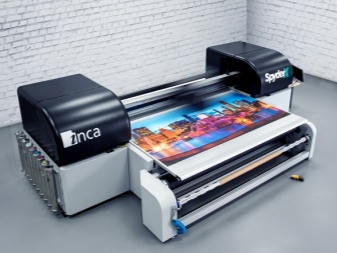
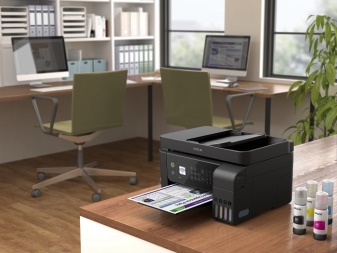
It is worth noting that the additional functions do vary. Only a plotter, unlike a printer, is capable of cutting a stencil. The plotter length is usually longer than that of a simple printer. Sometimes it is several meters. In addition, not sheets are loaded into the plotter, but rolls, whose size is limited only in width. Almost all versions are equipped with cutters that automatically cut sheets exactly to size. Flatbed plotters bring the information you need to hard surfaces. The element containing the ink itself moves over the fixed sheet. This solution allows you to apply drawings to gypsum boards, glass, veneered structures and even plywood.
Most often, the media format in this version is limited to A2. But since a powerful printing device is required, the apparatus itself is very cumbersome as a whole. Printing on thermal paper is done by plotters without consumables. In this case, the work proceeds according to the direct inference method. But from the point of view of the consumer, there is another difference that precisely distinguishes any plotters from printers.
It's about the price. On the plotter market, the minimum cost starts from tens of thousands of rubles, and at the same time, quite a few devices, in general, cost from 1 to 2 million rubles, and sometimes even more.
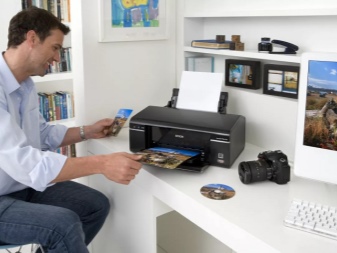
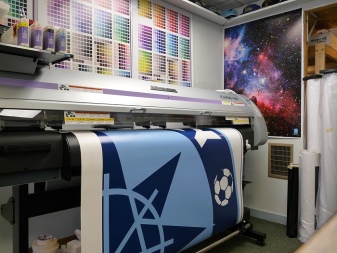
Description of species
Plotters are classified into several varieties.
Feathers
This name was given to electromechanical devices that form an image using a vector technique. The transfer of the required image to the medium is carried out, as it is easy to understand, with a pen capable of moving in two directions. Some versions allow the use of liquid paint or special pencil leads. In this case, one speaks of a pen-and-pencil type of apparatus.
The movement of the printing element is achieved by means of an electric motor. Therefore, the pen plotter works relatively slowly, and so far it has not been possible to solve this problem. Moreover, it also makes a loud noise. But such equipment allows you to get very high quality color impressions. They are distinguished by impeccable color reproduction and expressive contrast; however, the characteristics of the prints are also highly dependent on the ink and paper used.
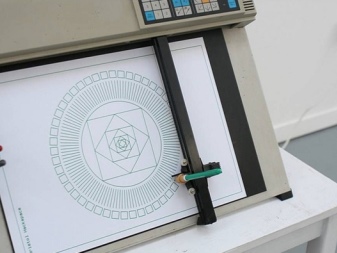
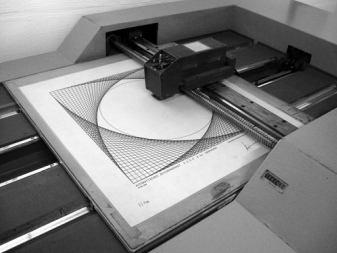
Inkjet
Continuing the review of plotters, one cannot ignore such systems. Their principle of operation is somewhat similar to the operation of inkjet printers. A mass of dots with 4-tone paint (according to the CMYK scheme) is placed on the carrier. The printing unit contains a lot of nozzles through which the dye flows. When passing through the nozzles, this paint is heated by a special device.
Inkjet systems are very popular because they print very quickly and have high resolution. Serving them is easy. Consumables are inexpensive, especially if a CISS is used. And the cost of the equipment itself is not high. There are versions with adjustable dye supply.
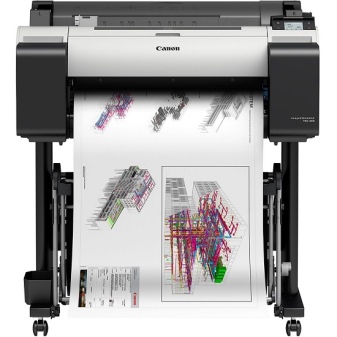
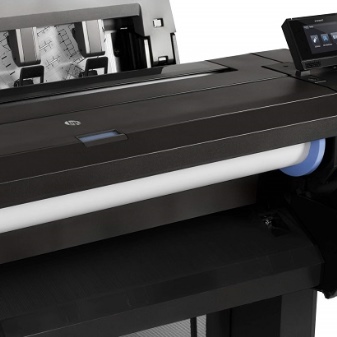
Electrostatic
The essence of the technology is drawing an invisible picture on a special paper. Then the coating is charged.Charged particles attract liquid paint. Drying the paper is a crucial step. Such images can be of very high quality, but there are also problems:
- you will have to work in strictly defined temperature and humidity conditions;
- devices are expensive;
- maintenance costs can be quite substantial.
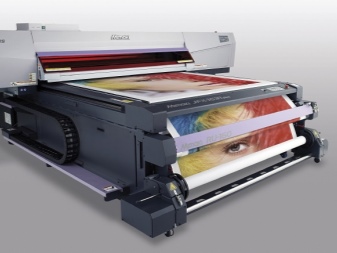
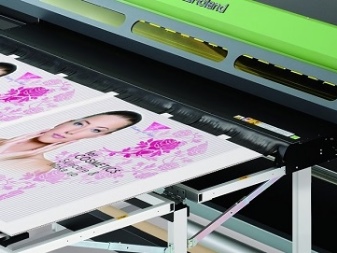
PPVI
This position in the classification of plotters is very simple: a plotter with direct image output. The picture is formed on thermal paper impregnated with a special mixture. When such paper passes through a special contour, in certain places its color changes. This effect allows you to achieve the appearance of the image.
Such systems are in demand by designers and engineers - despite the monochrome, they guarantee the highest image quality, even taking into account the slight requirements for environmental conditions.

Thermoplotters
They work quite similarly to the direct printing systems just described. But there is also a significant difference - the process of thermal paper passing through the "comb". In the thermoplotter, an additional color “donor” is located between the “comb” and the carrier. To form a color picture, you need to run the print a certain number of times. After such processing, the image is ideally resistant to water and ultraviolet light.
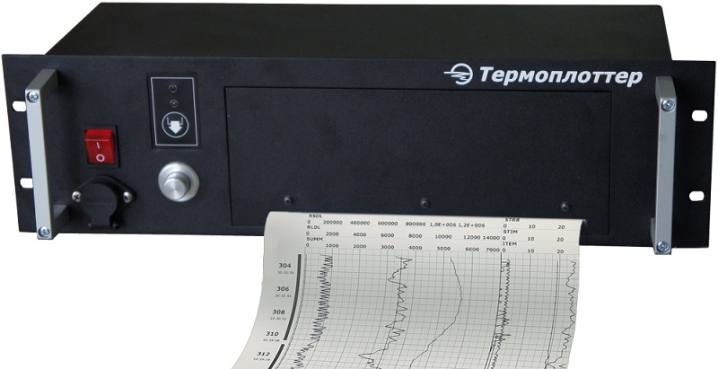
Laser
Strictly speaking, this category includes not only laser systems, but also LED systems. The principle of their operation practically does not differ from the operation of printers similar in name. The application of an invisible picture is achieved using a stream of light. As portions of the sheet are charged, toner with the opposite electrical sign is attached to them. Then this toner is heated to bake.
Cutting models are capable of separating into parts not only paper, but also vinyl, cardboard of various densities, even thermal film. Such devices are used in the design and advertising fields. The flatbed plotter is designed so that the media is attached to a special table. During work, he remains absolutely motionless. The demand for such a technique is small, because it is large in size.
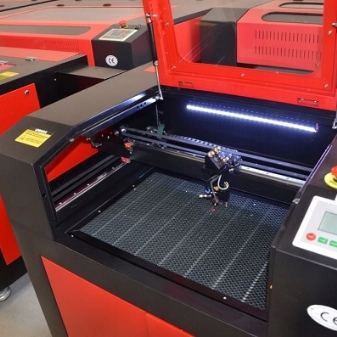

In the consumer segment, roll-to-roll plotters are much more common. A drum is used to move the roll. In the course of advancing the paper, the picture is applied. Such devices take up relatively little space and help to save consumables. They can be used for a wide variety of tasks. As for automatic plotters, they differ only in the automation of the cutting process and some other manipulations. By itself, printing is done automatically in any model. Almost all devices are also naturally widescreen. As for the technique for printing on canvas, the promises of the manufacturers are far from always justified.
A solvent plotter is most often used to obtain advertising materials. You can also prepare printing on adhesive films. Eco-solvent interior devices are also quite popular. Their main goal is to prepare graphics for interior decoration. We are talking, for example, about photowall-paper. In an ordinary office and at home, a mini-plotter is most appropriate.
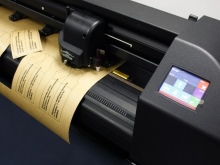
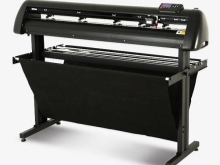

To achieve high performance with its help, however, will not work. But useful space is significantly saved. UV technology involves the use of liquid ink of a special composition. The dye will not be absorbed by the material and therefore unusual brightness is guaranteed. Latex plotters use polymer based ink. Latex, of course, is the same polymer. This solution is supported by its absolute environmental friendliness. Images printed in this way can be used even in medical institutions and kindergartens.
In sublimation plotters, just sublimation (aka disperse) ink is used; both direct and indirect printing are possible. As for the models with a photosensor, they only allow cutting the material.
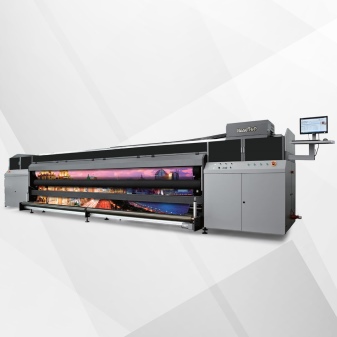
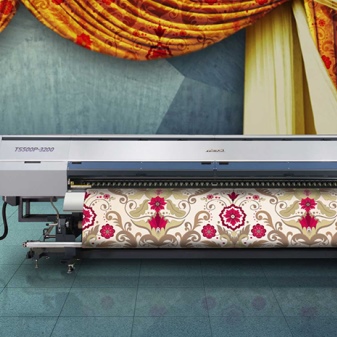
Dimensions (edit)
The value depends on the type of plotter installation. For desktop models, there is no difference between mounting and overall dimensions. For floor models in the description, the dimensions show only the printing unit. The dimensions with the rack are the size in the ready-to-work state. Floor-standing modifications are usually larger than those installed on the table.
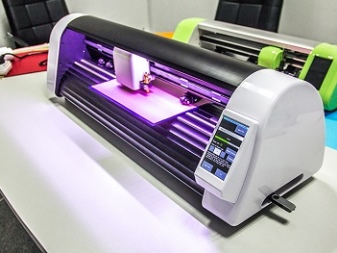
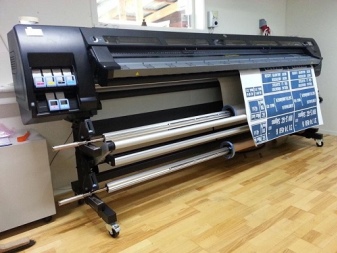
Popular models
Vicsign VS1600
The Vicsign cutter VS1600 is a good example. Its main characteristics:
- width of the processed strip 1.695 m;
- cutting speed up to 0.65 m per second;
- use of optical positioning;
- microstepping electric motor;
- control by means of a liquid crystal screen with 64 characters in 4 lines and 10 keys;
- weight 34 kg;
- floor stand included.
The manufacturer promises the ability to accurately cut along the contour. Red dot positioning is used for precise location. Users can work offline without connecting to a PC. The system is equipped with a high-speed 32-bit processor. The device supports all operating systems from Windows XP and newer.

Silhouette cameo
The Silhouette Cameo is a good alternative. This cutting plotter processes material up to 40.5 cm wide, the drive, as in the previous case, is of a microstep type. The maximum pressure on the cut-off knife is up to 0.5 kg. Interfaces USB 2.0, Bluetooth are provided. The information panel works on Led-touch technology.
Other technical nuances:
- slot width 2.97 m;
- maximum thickness of workpieces to be processed up to 3 mm;
- the ability to work with stencil materials, with cardboard, with photographic paper, with kraft paper, with various materials;
- the possibility of re-cutting;
- curved lines are not smoothed;
- there is an option to cut paper, but punching is not possible.
A roll holder is provided. The plotter is compatible with Mac OS 32 and 64 bit. Package Included:
- USB cable;
- automatic knife;
- a mat with a sticky surface;
- Bluetooth adapter;
- 100 branded layouts (available for download from the manufacturer's page);
- 4 adapter blocks for connecting previously produced knives.

Canon imagePROGRAF TM-300
If you need to choose an inkjet plotter, then you should pay attention to the Canon imagePROGRAF TM-300. The product prints using a bubble jet method. The working resolution is 2400x1200 pixels. An A0 page takes 40 seconds to exit (Economy mode; Standard mode 74 seconds). There are 5 working colors, there are two types of cartridges of 0.13 and 0.3 liters.
Other technical properties:
- diameter of processed rolls up to 0.15 m;
- working humidity from 10 to 80%;
- working temperature from 15 to 30 degrees;
- RAM capacity 2 GB;
- the smallest line thickness is 0.02 cm;
- required current from 100 to 240 V, frequency 50 or 60 Hz.

Mimaki JV150-160
Among solvent plotters, it is useful to take a closer look at the Mimaki JV150-160. The largest print width reaches 1.61 m, while the resolution reaches 1440x1440 pixels. The droplet size may vary. The system of continuous pumping of ink is provided. The smallest possible resolution is 360x360 pixels; USB 2.0 and LAN interfaces are supported.
Other important properties:
- outer diameter of rolls 0.25 m;
- roll weight no more than 40 kg;
- line thickness from 1 mm;
- permissible air humidity from 35 to 65%;
- current consumption 1.92 kW;
- dimensions 0.7x2.775x1.392 m;
- total weight 178 kg.
The device is positioned as an excellent assistant in obtaining:
- exhibition class graphics;
- posters;
- posters;
- details of interior decor;
- stickers for car styling.
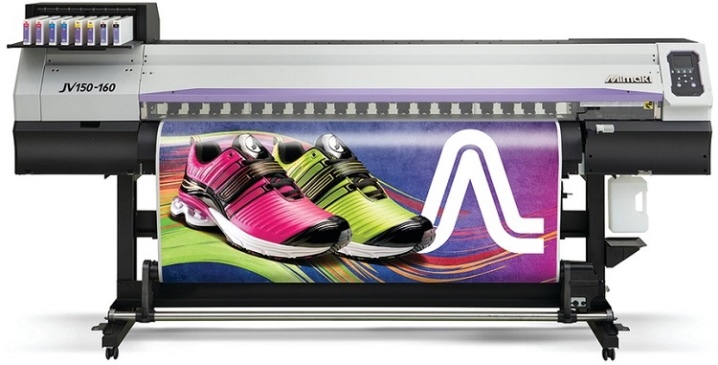
Vulcan FC-500VC
When looking for a flatbed cutter, it's important to understand the Vulcan FC-500VC. This model processes material with a width of 98.5 cm, cuts it into strips of 64 cm wide. The designers preferred the equipment with a servo motor. The cutting rate reaches 0.7 m per second. The display has a diagonal of 4.3 inches, it works on LCD technology and has a touch layer.
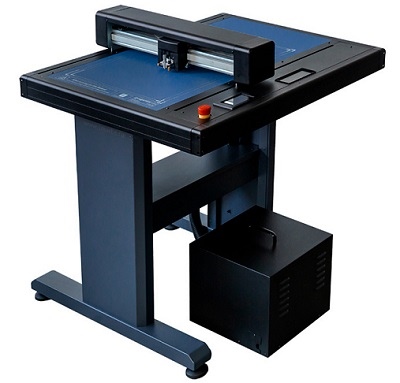
Accessories and consumables
If cutting is critical, attention should be paid to interchangeable plotter cutters (knives).The sharpening angle determines the suitability of the knife for thick or thin materials. An equally important thing is a carrier, that is, a self-adhesive plastic backing. It provides just the through cuts.
To be able to use a plotter to form patterns on fabric rugs and the like, it needs not only rollers to adjust the movement, but also thermal transfer film for transferring images.
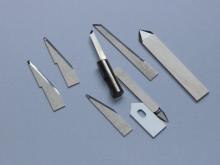
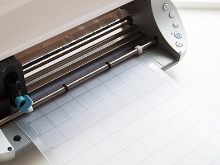

Which plotter to choose?
If you only plan to print drawings and diagrams, you can get by with a simple desktop device. Similarly, for lovers of needlework, a textile machine will be the best choice. You should not chase the abundance of functions, since the complication of the mechanism increases the risk of its breakdown, and it is uneconomical. Cutting models should be immediately separated from other types of plotters. Such versions are quite convenient, although they do not fit into the traditional definition.
An electrostatic device is expensive and multifunctional. There is no particular point in buying it for those who are not related to design and advertising. The jet machine allows you to save money. However, it sometimes produces fuzzy thin lines. However, for inexperienced people it is quite suitable.
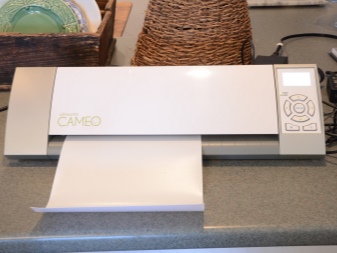

Additionally, you should be interested in:
- independent reviews;
- speed and quality of printing;
- working formats;
- type of media;
- the availability of consumables;
- a guarantee;
- connection methods.
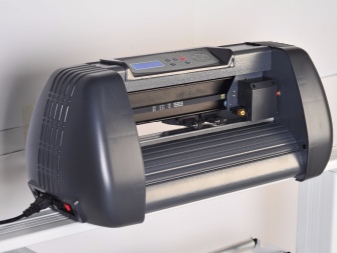
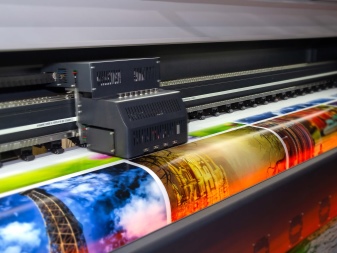
Repair features
The main problems in the work of plotters arise from:
- the use of low-quality consumables;
- mechanical wear of working parts;
- errors in software installation and settings.
A good repair is always accompanied by maintenance of filters and fans. The positioning system is purged and cleaned if necessary with isopropyl alcohol. Many replacement parts have to wait up to 3 months from manufacturers. It is sometimes advisable to stock them up in advance, especially for large printers.
Of course, only proven spare parts and lubricants are used.
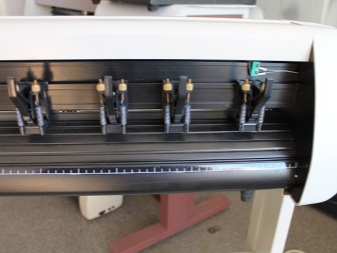
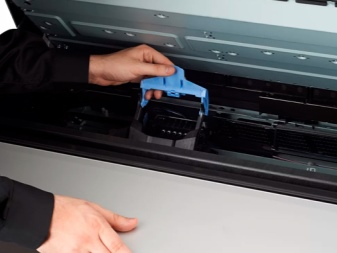












The comment was sent successfully.